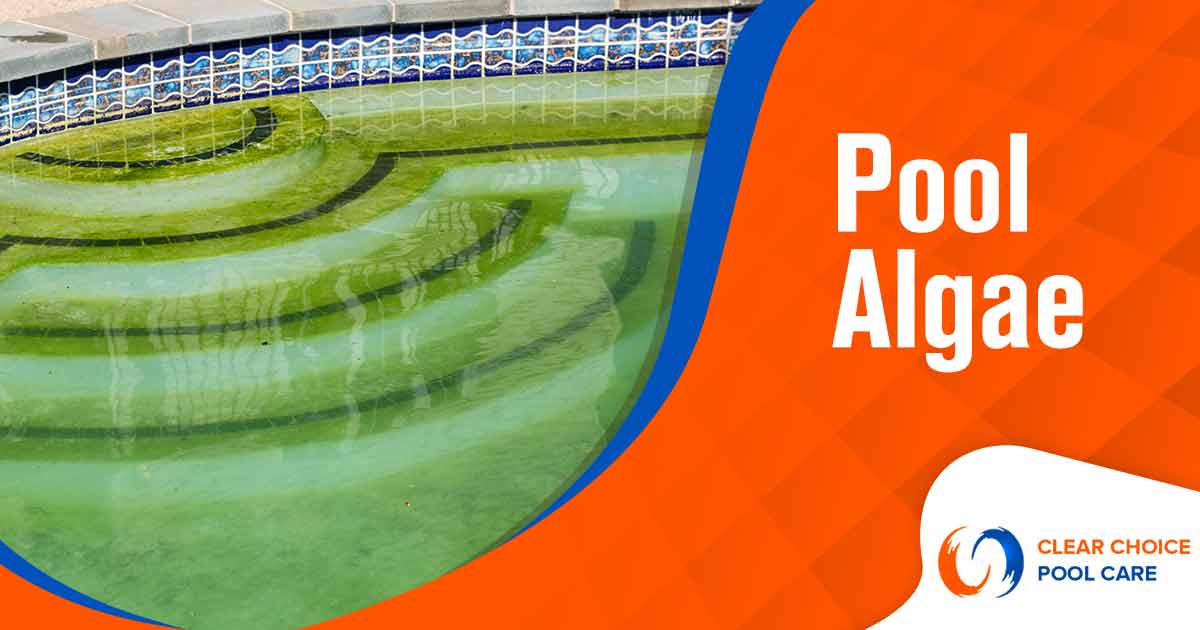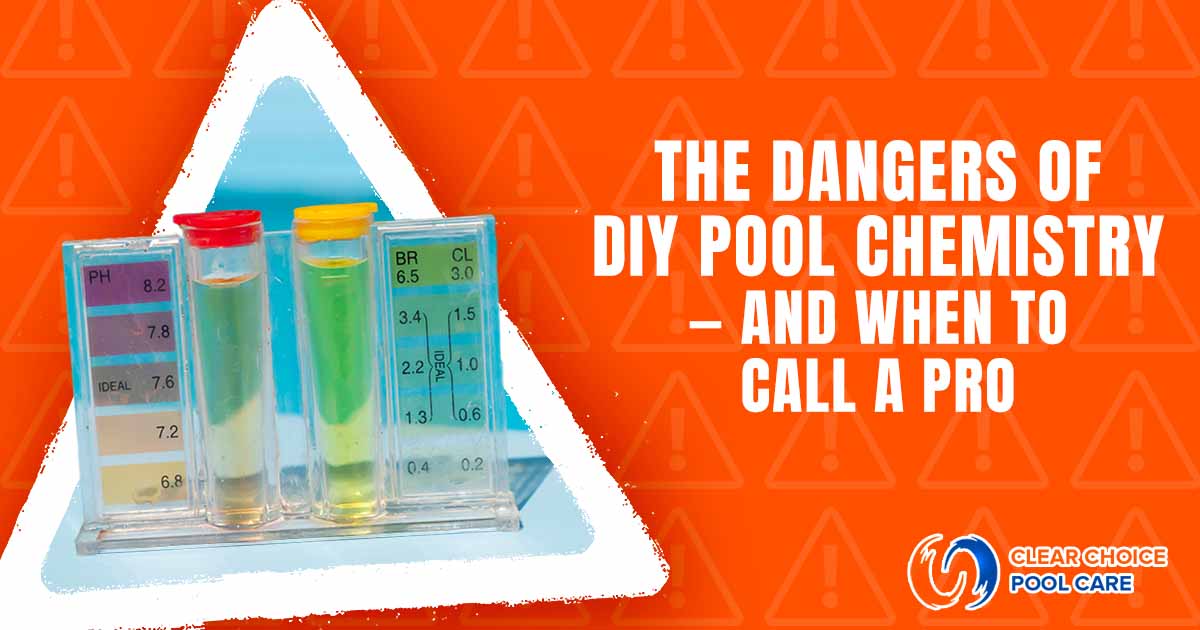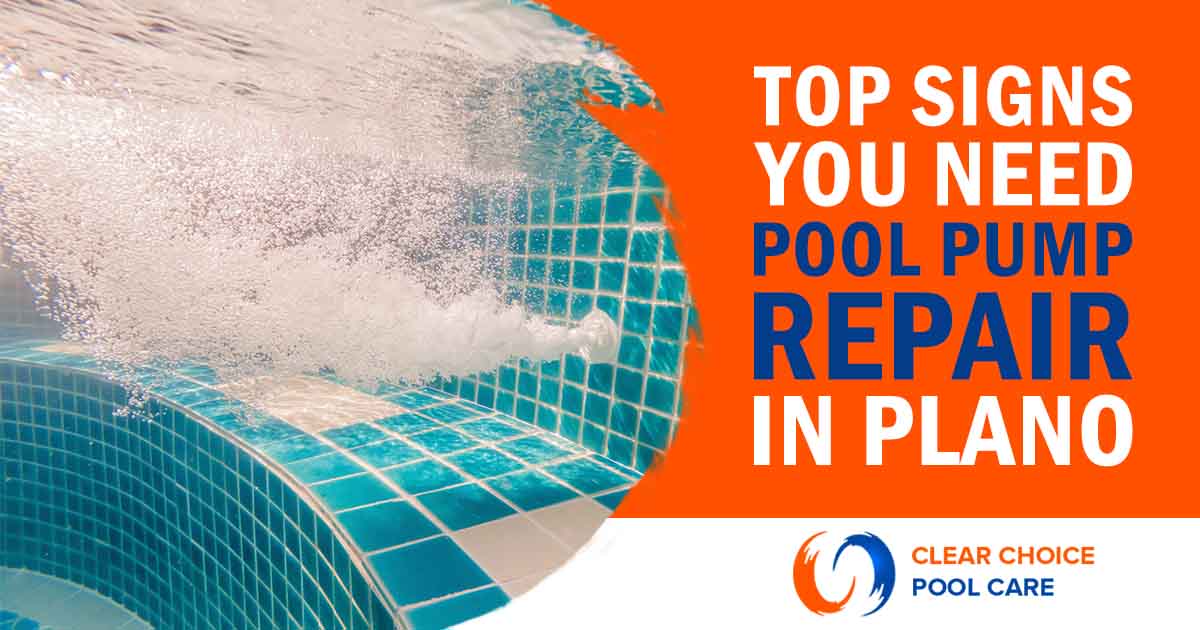What to Know About Pool Algae and How to Keep it From Hurting Your Pool
Most people do not worry much when they see pool algae forming. However, it is important that you treat your pool quickly to keep the algae under control. Pool algae is more than unsightly. It can actually cause your pool to become unsafe to swim in. Plus, it can cause damage to your pool. There are many types of algae that can call your pool home. None of them are very good for you or your pool. Here are a few things that you need to know about pool algae and how to keep it from causing damage to your pool.
Where Does Pool Algae Come From?
Pool algae can come from a ton of different sources. Each time the wind blows, algae is blown into your pool. Plus, algae can come from things like a person’s swimsuit, or even the tools you use to clean your pool. When the conditions are set just right, your pool can go from looking alright to being covered in algae in just a few hours. The different conditions you need to consider when it comes to preventing a bloom of pool algae include things like water chemical levels, temperature outside, how sunny or cloudy it is outside, and how much movement your pool has, to name a few.
What Type of Damage Can Come from Not Treating Your Pool Algae?
There is nothing directly about pool algae that hurts a swimmer. It is all of the indirect problems that pool algae has with it that can cause swimmers harm. Algae makes the water difficult to see in, plus it leaves everything it touches slimier. This can make it dangerous for a person to dive into a pool since they will not have the same depth perception as normal. Plus, if someone needs rescuing in the pool, it can be more difficult to grab hold of them. The last thing you want is for someone to get in trouble in your pool, and you cannot do anything to help.
Algae is also a great host for many illnesses and pathogens. This means that your pool could wind up being home to things like e-Coli, which can also make people very sick. Algae may look like it takes up a lot of space in your pool. However, it is actually a bunch of very tiny bits. When your pool looks different from algae, it is because you have a ton of it in the water. Each of those tiny bits could hold on to a pathogen that could make people sick or damage your pool.
Since algae is so small, it can clog up the filters in your pool as well. This means that your pool, while filtering, is not actually getting clean. Your pool could then wind up with crazy numbers in terms of dangerous chemicals, and need extra chemicals to try and bring it back to a normal level. If the algae fills your filter, you could have to switch out media far more often. Plus, it could even damage your filter to where it would need replacing. Both of these can get expensive.
How Many Types of Pool Algae Are There?
There are far more types of pool algae out there than most people realize. A lot of people believe that green algae is all there is. The truth is, there are several types of pool algae that pool owners should be aware of. Each of them becomes progressively more difficult to rid your pool of. Here are the basics of what you should know about each of the main types of pool algae.
First, you have green algae. It is the most common type of algae that people get in their pools. It can float around in your pool and will also sometimes hang on the walls of your pool. Typically, chlorine will help rid your pool of this type of algae.
Next, you have yellow algae, which some people refer to as mustard algae. It forms sheets and can be incredibly difficult to remove from your pool. Yellow algae reblooms after treatment in nearly all cases. You often have to use very high levels of chlorine to rid your pool of this algae.
Then there is black algae. This type of algae protects itself with deeper roots than most other types of algae, plus it coats itself in slime. This makes it incredibly difficult to remove totally. The roots of this type of algae can seep into the plaster or grout of your pool and totally destroy it. This can cause your pool to start leaking. You need heavy doses of pool chemicals to battle this type of algae properly.
Finally, there is pink algae. This looks like algae, but it is actually a form of bacteria. It spreads out slowly, and only rarely blooms to fill a pool. It leaves your pool with a slimy feel, and it can easily infect your pool repeatedly if all of your pool toys, ladders, cleaning tools, and accessories are not treated when the pool gets treated. This also requires very high levels of chlorine to clear.
Getting Help Keeping Your Pool Algae Under Control
Sometimes life happens. That means keeping up with your pool maintenance is not always your top priority. Instead of letting it go and letting the damage happen, call in help. Turn to experienced professionals who know how to take care of pools. Here at Clear Choice Pool Care, we do everything from intensive pool installs and restorations, to the mundane activity of pool maintenance. We have the experience you need to make sure that your pool is always looking great and safe to use.
It may not be all that important in the grand scheme of life, but pool maintenance cannot be ignored. If you are not able to keep up with your pool regularly, it is going to start having trouble. Paying a little now to keep up with your pool is much easier than paying a lot down the line to restore it. Make sure that you test your water regularly, keep up with the right chemicals, and never let algae bloom in your pool. That way, you keep your pool performing at its peak for as long as possible.





